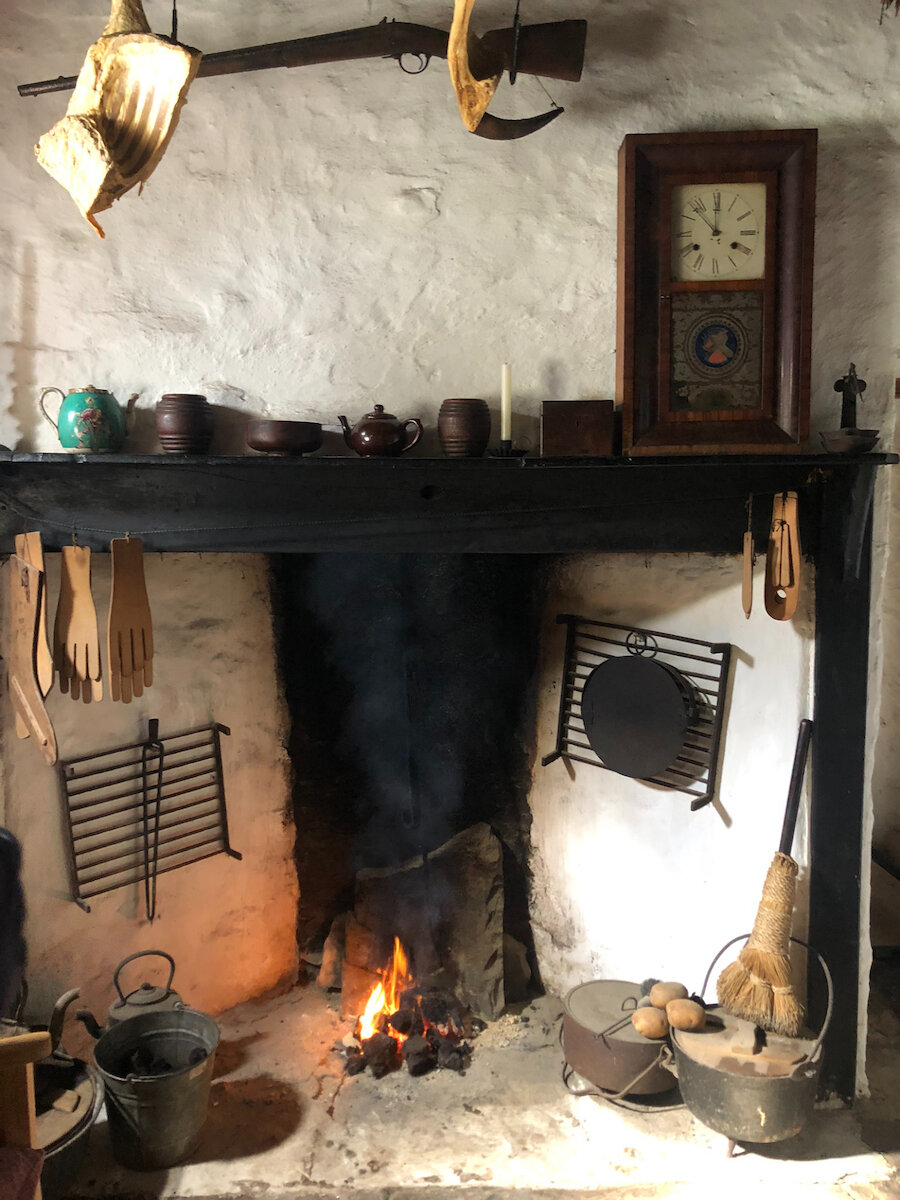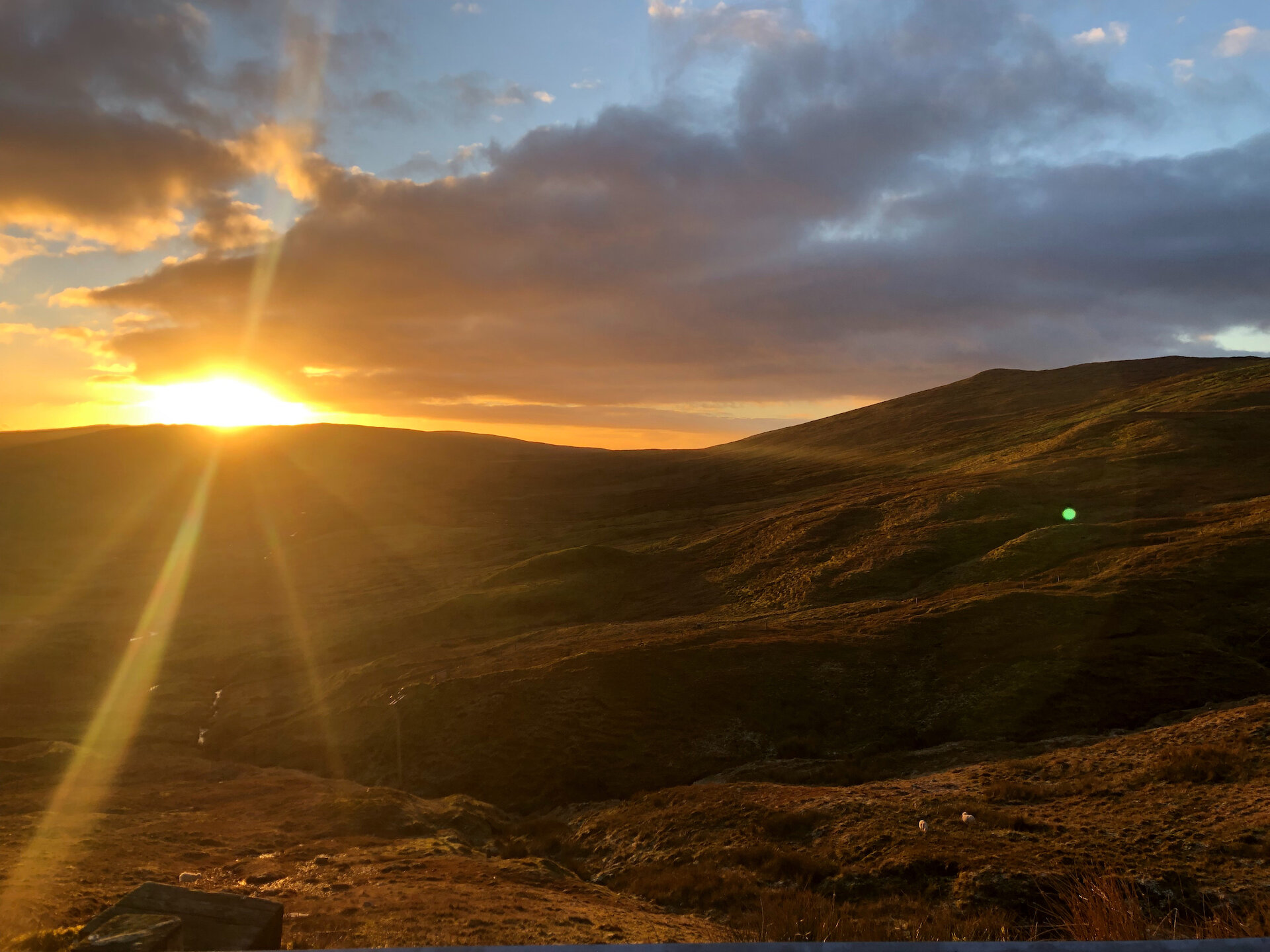The night was dark, and the wind whistled around the taek, screaming like a banshee as it forced an icy draft through every crack and crevice in the stonework of the peerie thatch-clad hoose…
Have you ever become lost in the pages of a book, exploring the intricate threads of a story as the narrative lures you into new, unexplored places? I love this escape from the world, and it’s one that has been a blessing in disguise throughout this year of uncertainty. I need and crave this escape in equal measures and, lately, I’ve been finding myself lost in old Shetland folk stories, enchanted by their magic, dipping in and out of their pages and wondering at the deeper meanings behind these stories.
I think about the storytellers behind the lore. Tradition and folk tales ground so much of Shetland’s culture and heritage, providing a strong anchor point that keeps us rooted to this one place, but what about the place of the storyteller in our modern world? It’s sad to think that so many of these stories – the very fabric of our society, the cloth that we’re cut from – risk being lost to history forever.
Should we grieve the fact that the seasonal patterns of life that went hand-in-hand with the storyteller are under threat in our modern world? In a culture where everything is found at the click of a mouse, are we more disengaged than ever? Or should we be glad that modernity has given us an immeasurable opportunity and an ever-growing connectedness to people and places across the globe?
At one time, stories and the storyteller played a prominent role in Shetland’s culture, especially at this time of year, during the dark months of winter when there was little opportunity for outdoor work.
Locking people into their magic for millennia, folk tales were at one time an integral part of the lives of our ancestors. These tales were passed down through the generations from one-to-another and were woven into the very heart of our culture.


